Unlock the secrets of astrophotography for stunning art prints
04/06/2024
Astrophotography opens a window to the universe’s mysteries. But capturing the beauty of stars, planets, and the magic of the moon’s phases requires creativity and technique.
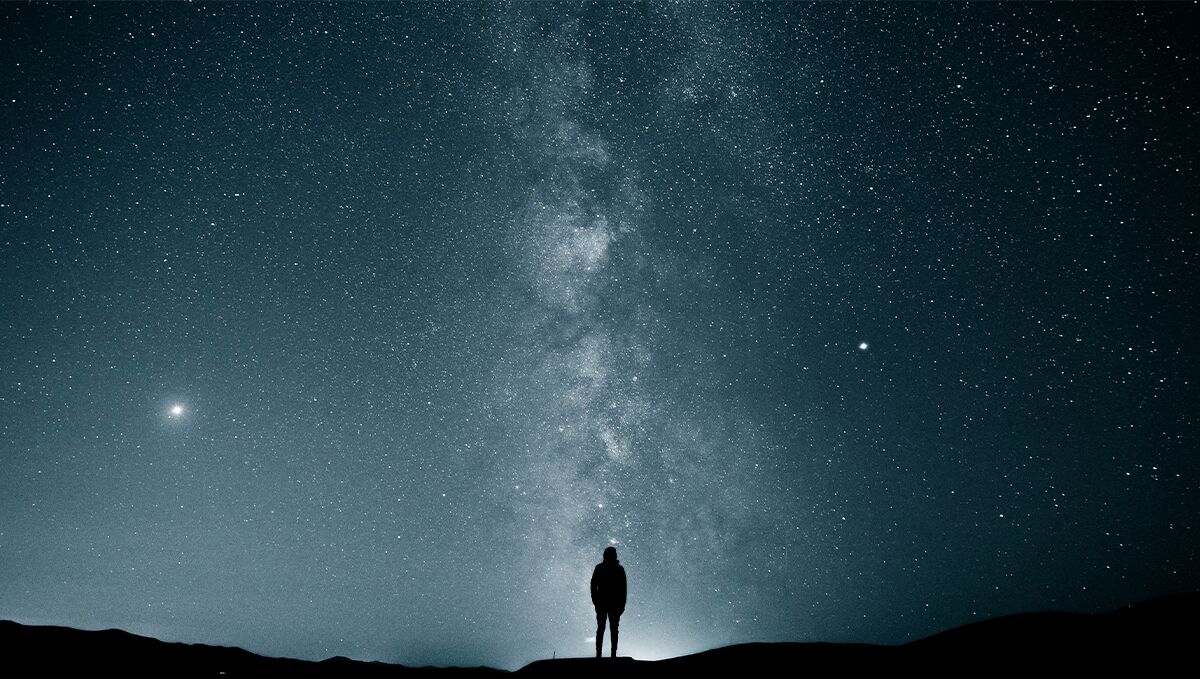
Whether you’re a beginner or a seasoned photographer looking to enhance your skills, here are our best astrophotography tips.
What is astrophotography about?
Capture Iconic Constellations
Photograph constellations like the Big Dipper, Orion, or Cassiopeia. Use long exposures to capture the details of the stars and create spectacular images.
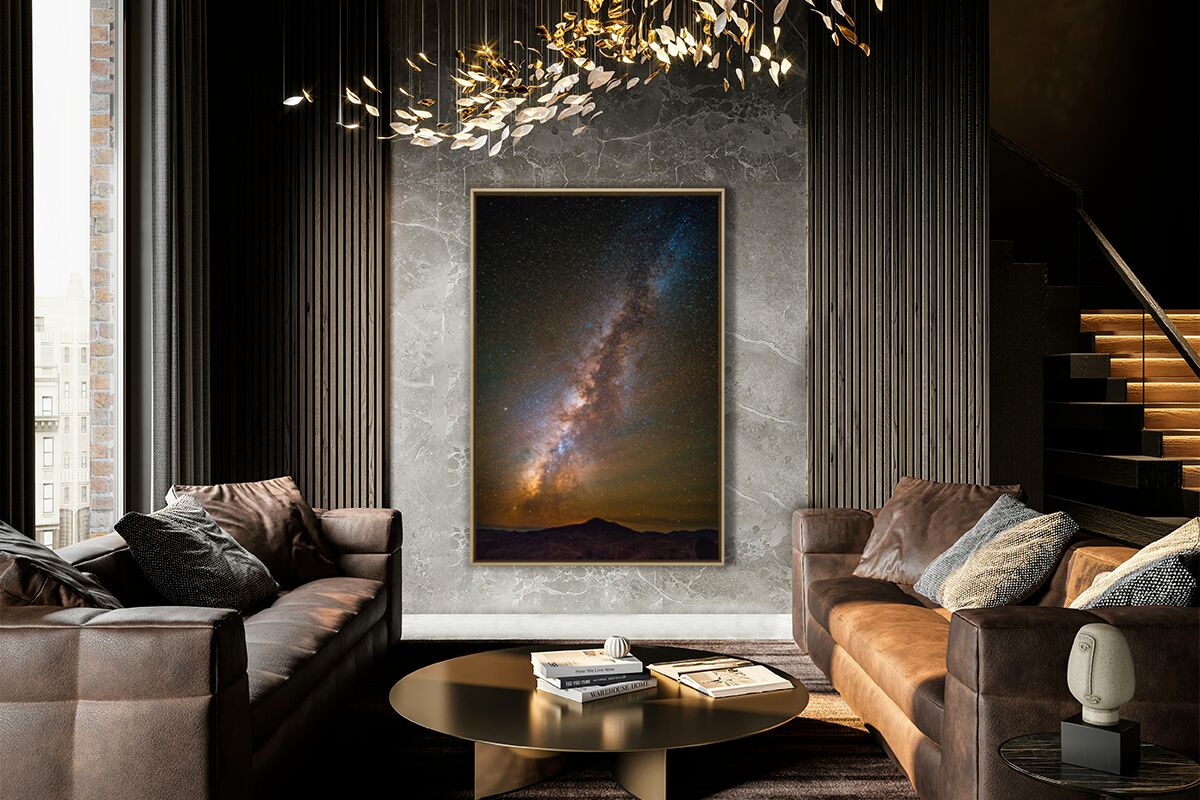
Turn your favorite astrophotography shots in large print with our Collector Format and admire stars and constellations with unrivaled clarity.
Capture the Majesty of the Milky Way
Find a quiet location far from light pollution and use a wide-angle lens or a telephoto lens to include as many stars as possible in your composition.
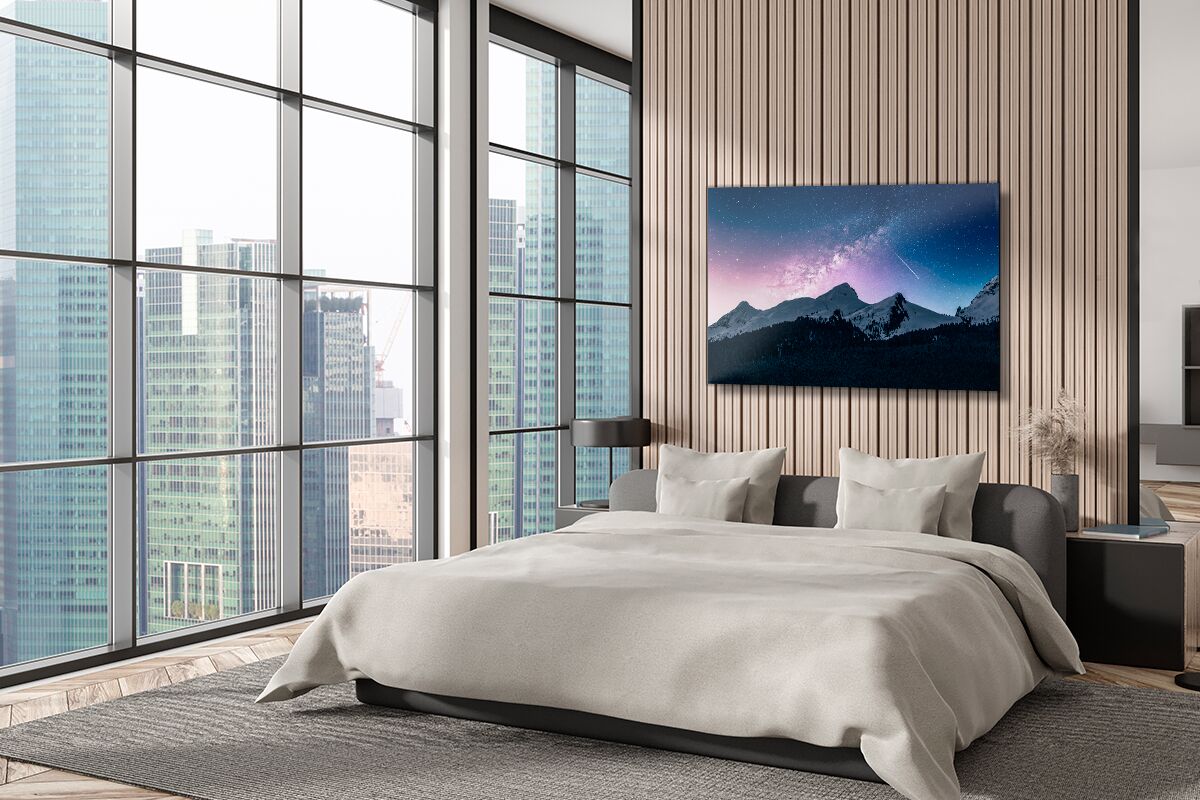
LabKorner’s aluminum finish prints offer exceptional quality to reproduce the subtle details of the Milky Way. Why not decorate your interior with your finest night photography shots thanks to this high-end photo format?
Photograph the Moon Like Never Before
Whether it’s a full moon, crescent, or new moon, follow the moon’s different phases and capture its changing beauty night after night.
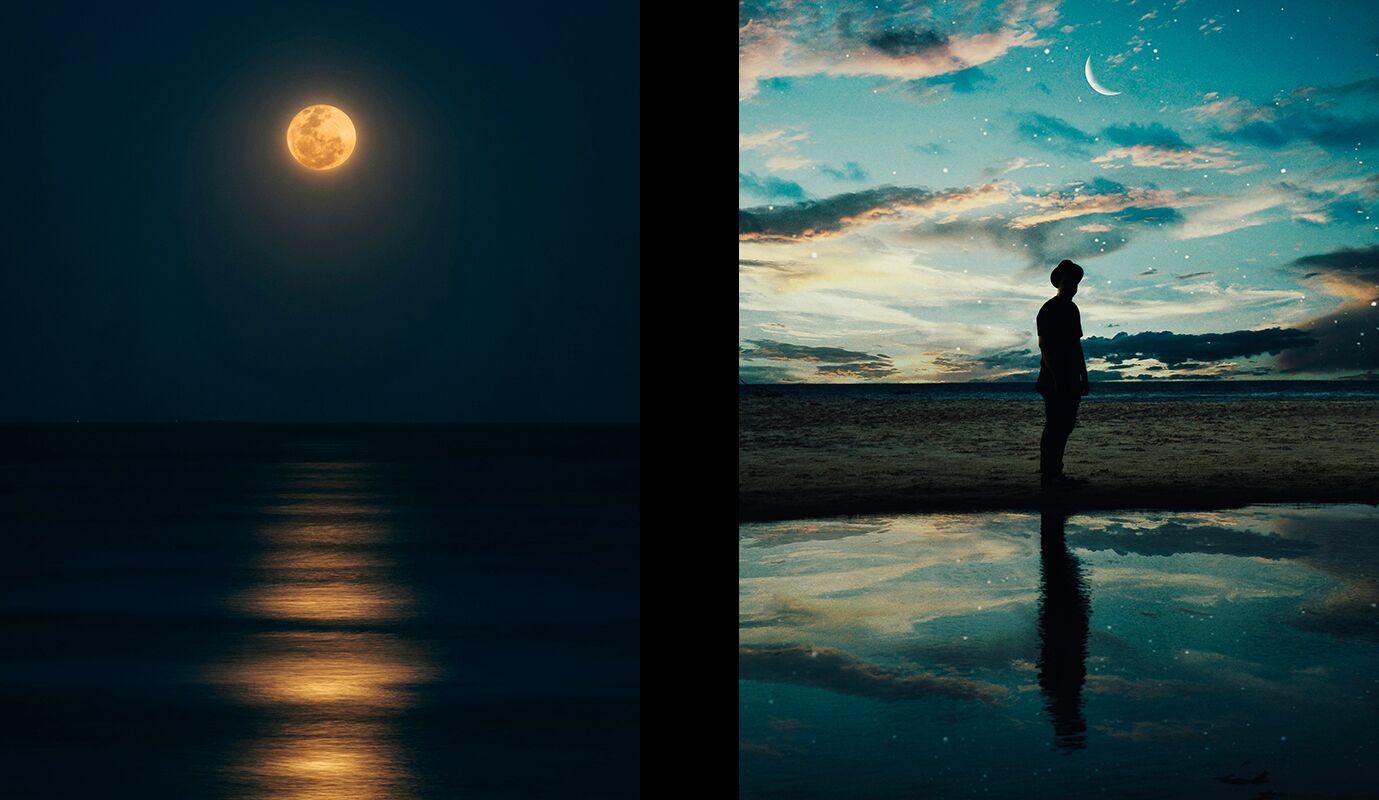
Experiment with various compositions: silhouettes of trees, people, buildings, etc.
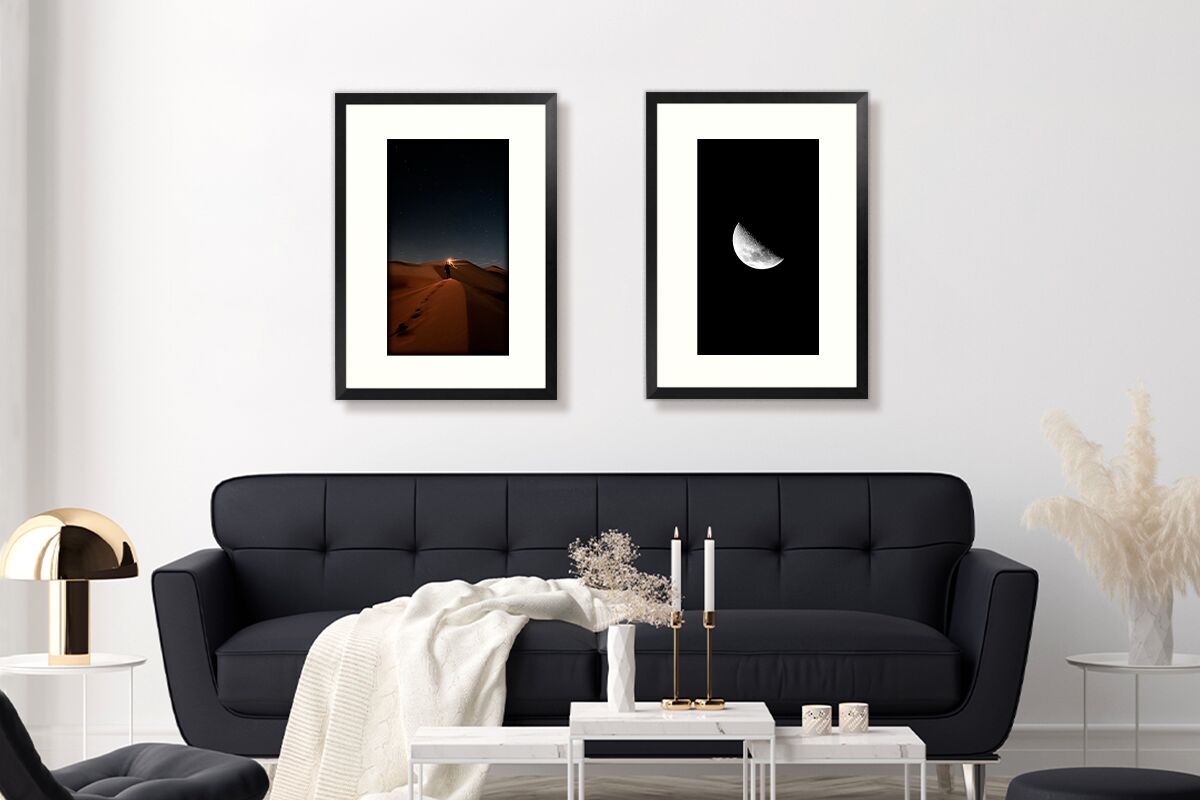
Our new custom prints with an anti-reflective museum glass finish are perfect for highlighting the texture, colors, and brightness of your photographs. A graphite or silver photo frame, or a luxurious brushed finish shadow-gap frame, will magnify your moon photos and their unique plays of light and shadow.
How to Take Great Astrophotography Shots?
Ensure your Camera Stability
For sharp and precise images, a sturdy tripod is a must. If you want great long-exposure shots and are aiming for beautiful light trails, this photo accessory is indispensable.
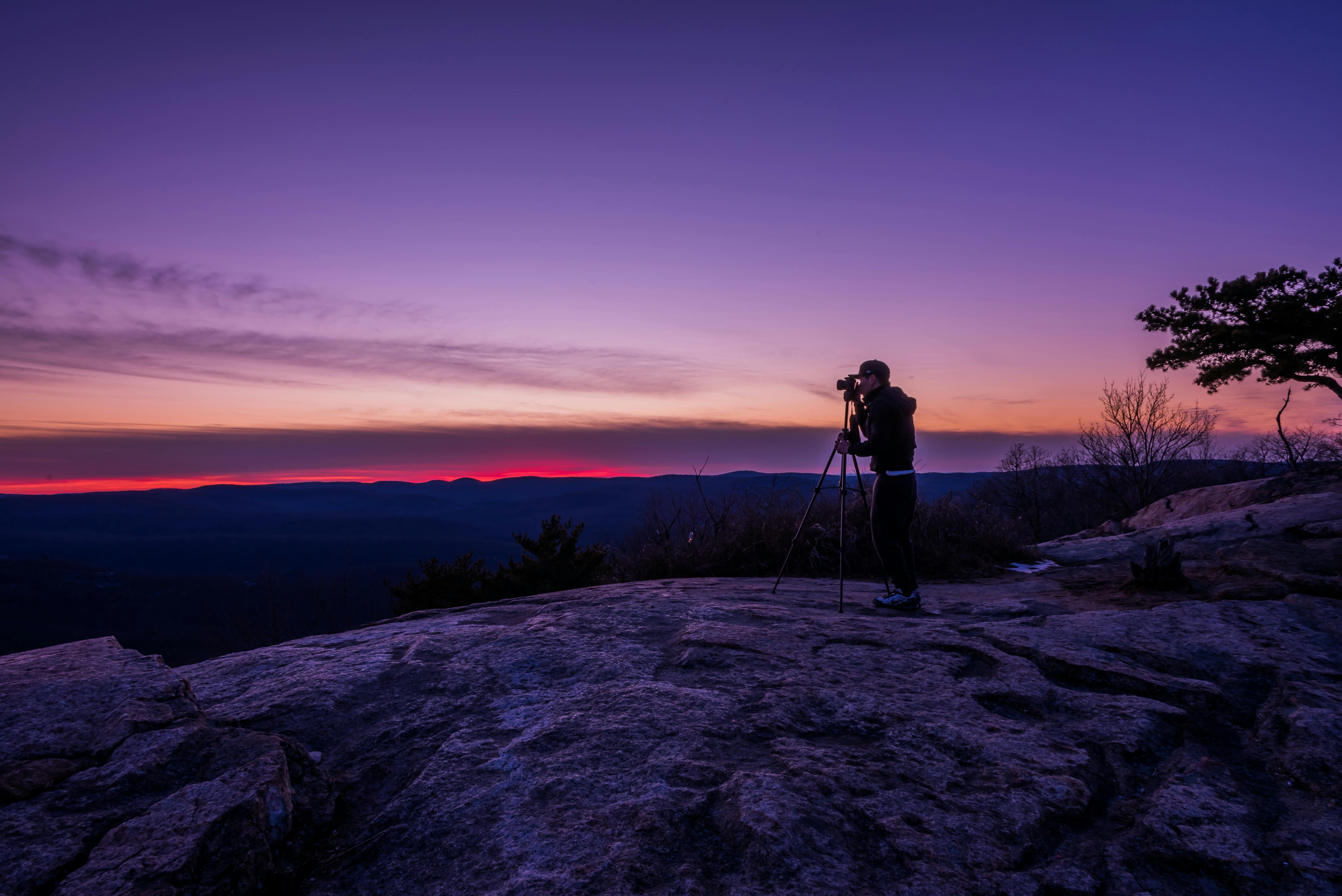
Make sure your tripod is well-stabilized to avoid vibrations and blur.
Adapt Your Equipment and Master Your Settings
Use manual mode and test different focal distances to achieve optimal sharpness.
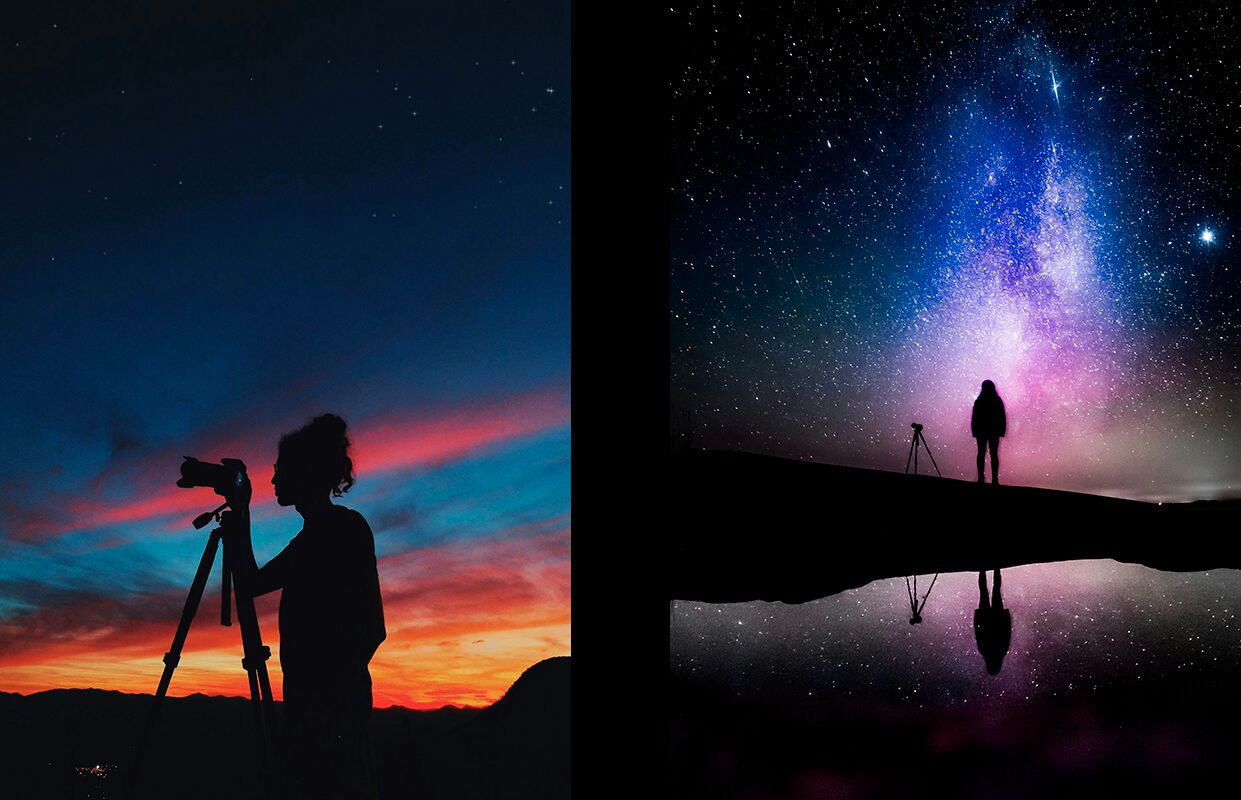
A full-frame sensor is best. Learn to adjust your camera’s ISO, aperture, and shutter speed to achieve the best results depending on lighting conditions. Remember that a full moon or an eclipse will impact your nighttime shots and light quality.
Astrophotography requires time and patience. Don’t get discouraged by failures and keep experimenting.
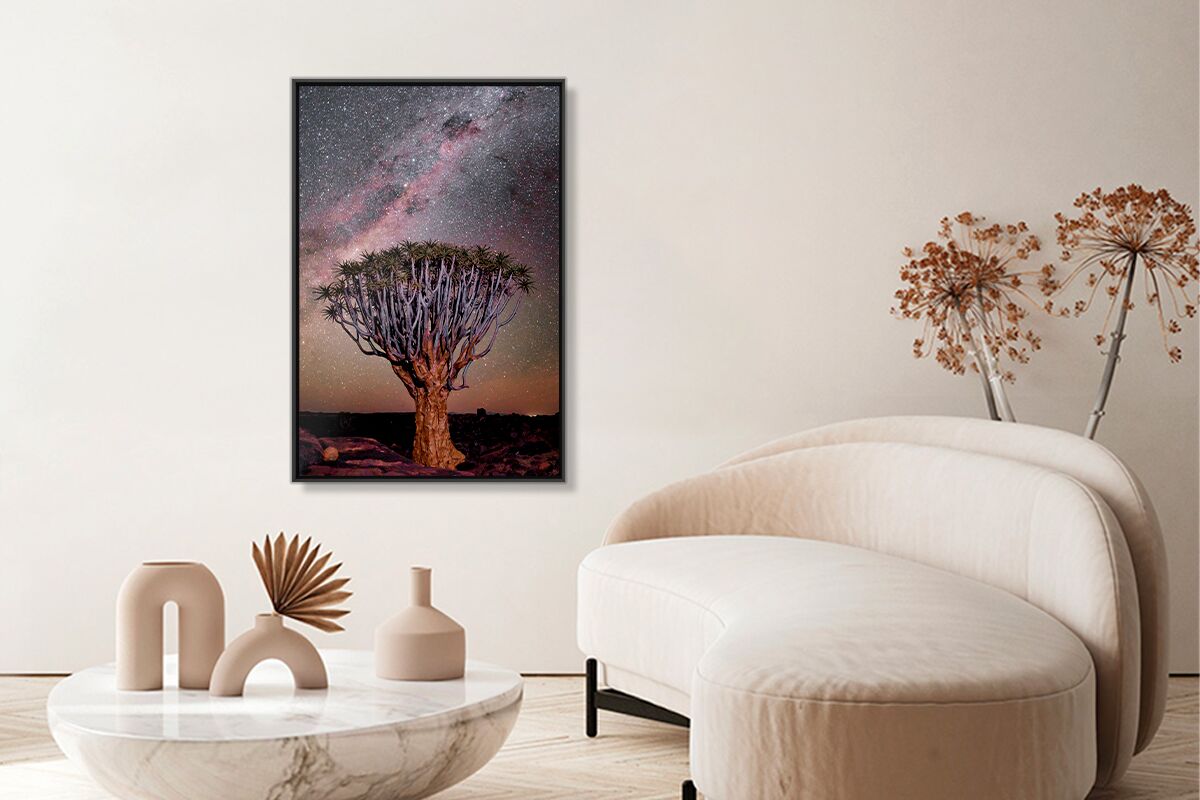
Astro photographs, with their mysterious and aesthetic contrasts and their gorgeous light play, are particularly stunning in large-format gallery-quality prints.
© 2024, Justine Grosset for LabKorner